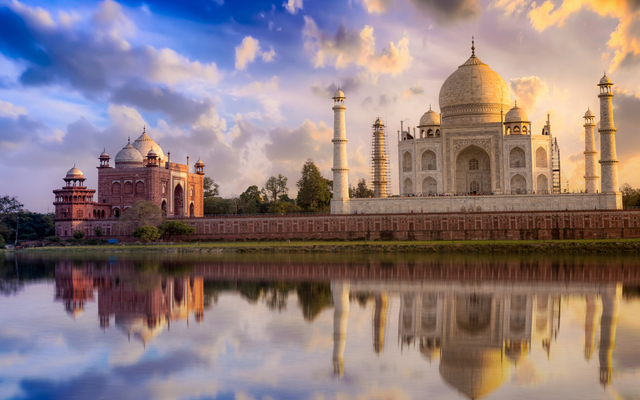
The Federation of Associations in Indian Tourism & Hospitality (FAITH) has released a document that details how India can work towards her target of 75 million tourists by 2035.
To achieve the ambitious targets, considering India’s 10.9 million foreign arrivals and US$30.05 billion foreign exchange in 2019, FAITH’s tourism vision 2035 proposes four strategic pillars – shared national tourism approach, value accretive regulations, investment drivers, and market excellence.

The vision document stresses the need to raise India’s competitiveness as a tourist destination by lowering taxes and making key policy changes, such as offering industry status to the tourism sector and allowing single window e-clearance for all tourism and hospitality projects.
It also recommends creation of five mega tourism zones in different states, focus on last mile connectivity, appointment of global tourism brand ambassadors, and focus on shorthaul international tourism, as well as the formation of national tourism council with participation from the prime minister and chief ministers of different Indian states.
Nakul Anand, FAITH chairman, said: “We believe that India has a great opportunity to achieve 75 million foreign tourist arrivals by 2035 if the government considers our recommendations. India, despite her immense tourism potential, only captures 1.2 per cent of the world’s international tourist arrivals.
“However, with required policy changes and focus on key segments including heritage, adventure, Buddhist circuit, medical and MICE, India can record 75 million inbound tourists (in addition to) 7.5 billion domestic tourism visits. This will result in US$150 billion foreign exchange earnings from inbound tourism, and US$225 billion from domestic tourism.”
Garish Oberoi, former president of the Federation of Hotel & Restaurant Associations of India, criticised India’s high Goods and Services Tax (GST), blaming it for making both domestic and inbound tourism expensive.
“The 18 per cent GST category for hotels with room rates of more than 7,500 rupees (US$100) must be abolished and merged with the 12 per cent GST category. Gradually, GST should be brought down further, below 10 per cent with full set-offs in line with global trends,” urged Garish.
Chiming in with recommendations for India’s business events sector, Amaresh Tiwari, vice chairman, India Convention Promotion Bureau (ICPB), said a global MICE bidding fund with a corpus of five billion rupees was needed.
“We (also) need to create city convention bureaus in each of our main cities, which will work with ICPB as their hub to carry out a global bidding activity,” he said.



















